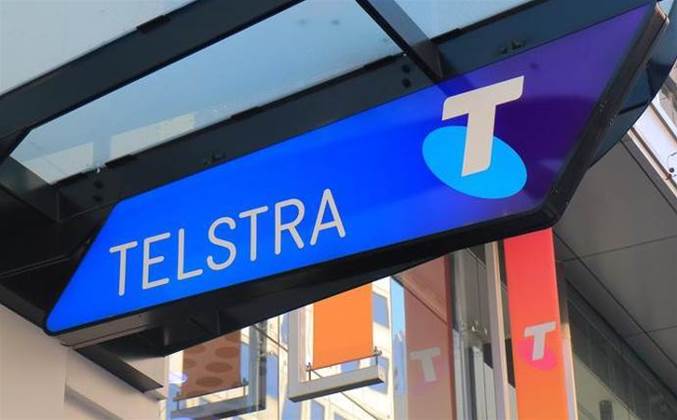
Telstra will “significantly” reduce IT operations spending and the number of “legacy” IT and networks in its environment to try to meet a cost-out target in its T25 transformation.

At the telco’s half-year results yesterday, a scorecard of transformation progress showed an amber status for its cost discipline goals.
These goals include “$500m net fixed cost out from FY23 to FY25 while investing for growth” and “maintaining leading operating cost metrics for [a] full-service telco”.
The amber status is defined as “progress made but below target”.
That progress was $64 million of cost-out in the back half of calendar 2023, and $105 million in total since FY22.
“I want to reinforce that while we’re being challenged by cost pressure, we still expect to achieve the large majority of our cost-out ambition by the end of FY25 … with most of this in FY25,” CEO Vick Brady said.
IT ops spending will be reined in as one way to get Telstra as close to its original target as possible.
“Given the level of higher ongoing cost pressure [in our business], more significant action is going to be required to achieve this than previously expected,” Brady said.
“Productivity initiatives include significantly reducing our IT operations spend, decommissioning of legacy IT and networks, transforming our NAS [network and applications services business] cost base, as well as more broadly across Telstra, and further process efficiency across customer and corporate back-office functions.
“This includes the use of AI to provide better customer experience and further cost optimisation.”
Enterprise spending “lull”
Part of Telstra’s enterprise business, NAS, underperformed in the half-year as its enterprise customers held back on professional services spend.
The telco had expected declines in data and connectivity (DAC), as enterprises “shift from traditional voice to cloud applications”.
“This was as expected and the headwind continues to get smaller,” chief financial officer Michael Ackland said.
However, professional services revenue fell 18 percent sequentially, in stark contrast to growth achieved in FY23.
“Professional services were impacted by lower business confidence and a slower trading environment, with customers holding off on projects and lower levels of pull-through on other product sales,” Ackland said.
Brady said the decline in revenue “really did accelerate down quickly” through the back half of last calendar year.
“It was our sales pipeline, so what we’re seeing customers do is absolutely push out opportunities,” she said.
“Our read of what we’re seeing – and the feedback we’re hearing from our [enterprise] customers – is absolutely a bit of a pullback on professional services.
“They’re focused on doing the things that are essential. Where there was transformation activity or discretionary spend involved, we’ve certainly seen that pull back.
“Our assessment is that this is cyclical.”
Enterprise customers still purchased cloud and managed security services during the period. Revenue was up, but the sales are low margin; margin is typically bolstered by paying extra for associated professional services.
“Professional services off the back of those security and cloud purchases will become something customers will look to as they get more confident,” Ackland predicted.
Ackland said the size of enterprise deals in the market is also smaller.
“We have traditionally, in our professional services businesses, had larger infrastructure-led deals. An example would be the TasGRN project,” he said, referring to a $763 million government radio network that came online last year.
“I think on a cyclical basis we are seeing a lull in those, which is something we feel very confident we are well positioned to deliver for customers in that space.
“When that comes back is going to be largely around what happens in the macro [economic] environment.”
In the interim, Telstra is implementing recommendations from a review of its enterprise business that started in late 2023, including reducing its cost base.
Brady said the “rapid change in trajectory made it difficult to adequately adjust our cost base, which was set up for more growth”, but this was now changing.
“We’re taking immediate actions to set the business up for success,” she said. “The medium-term outlook for NAS is positive.”
Telstra recorded an 11.5 percent increase in net profit after tax for the first half of FY24 to $1 billion, compared to the same half in the prior year.
Total income was up 1.2 percent to $11.7 billion.


 " title="
" title="


